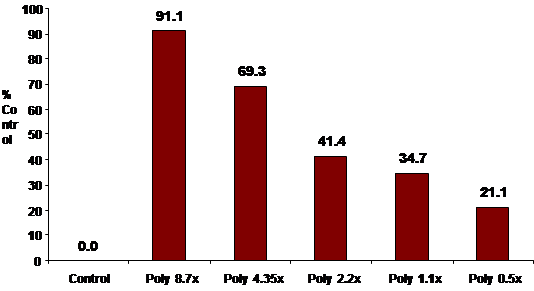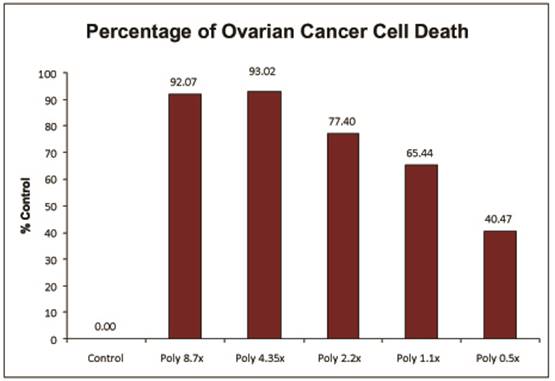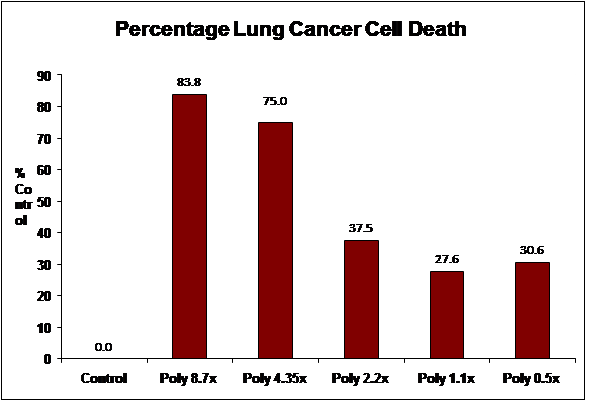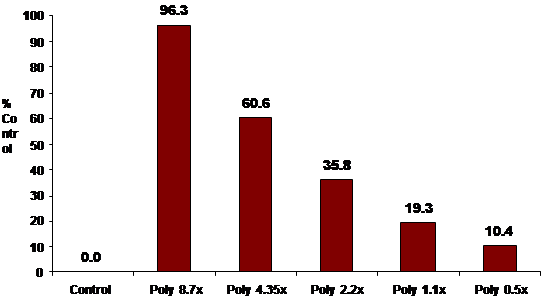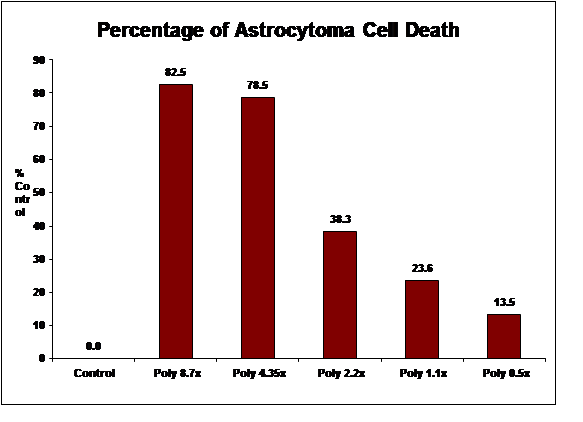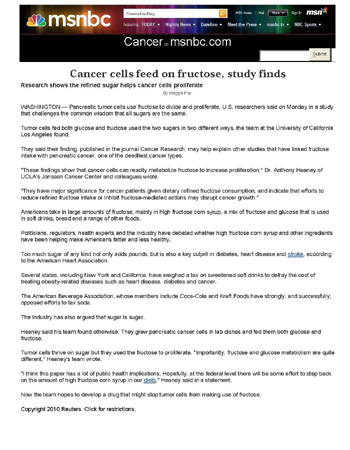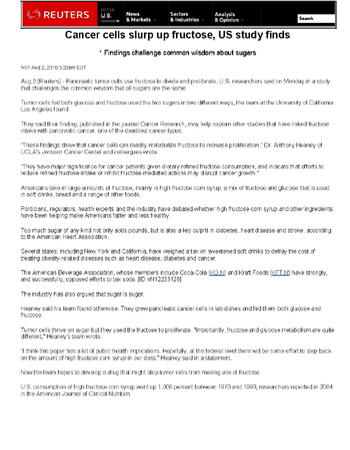What You Must Know
List of important topics that each Cancer Patient should be aware of
1
What is the 5 year Survival Rate for Chemotherapy?
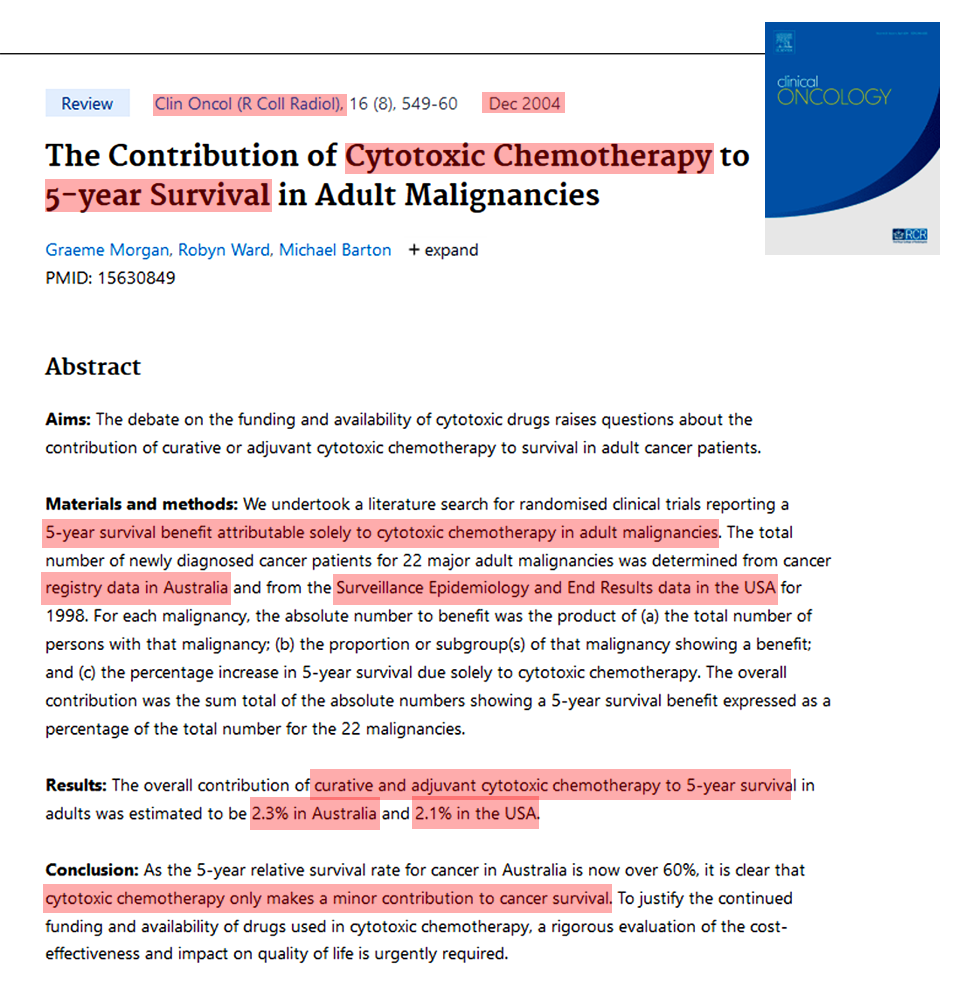
Per this published article from the Journal of Clinical Oncology, research scientists performed a study to determine the long term benefit of Chemotherapy based on how many patients were still alive after 5 years. The results were miserable. Based on all of the published studies they could review in Australia and the US respectively, the 5 YEAR SURVIVAL RATE in Australia was 2.3% and in the United States, it was even lower at 2.1%. Based on this data, the conclusion was simple: “it is clear that cytotoxic chemotherapy only makes a minor contribution to cancer survival.” Fast forward 24 years, what has changed and did we learn anything. Using less chemo or radiation per treatment, manage the toxicity, target the various treatments so to damage less healthy cells. In other words conventional medicine realized it was NOT working and adjusted. Early diagnosis has a huge impact on cancer survival. However overall cancer deaths has remained relatively unchanged, even when we account for age and life expectancy has increased. Cancer is simply more prevalent, and being diagnosed earlier. The rates of cancer in 20, 30 and 40 years old is excessive and disappointing. |
Stage 4 Cancer Study with Poly-MVA & Low Dose/fractionated Chemo
1,000 Stage 4 Cancer Patients – received Low Dose Chemo & Poly MVA
Based on the Stage 4 Cancer Study results below and the myriad of cancer testimonials found on this website, each cancer patient will better understand why adding Poly MVA (LAPd) to their Integrative Cancer Protocol may help to dramatically increase their survival time while minimizing the toxic side effects associated with Chemotherapy “only” protocols. Review Oncologist Dr. James Forsythes’ Stage 4 Cancer Studies to see how the combination of LOW DOSE Chemotherapy (20% of standard of care dose) and Poly MVA (LAMC) resulted in 5 Year Survival Rates that are far superior (below) than the 5 year survival results (listed above) for Chemotherapy alone. These remarkable results are further verified and supported by the Published Articles below which can be found in full on Pub Med by clicking on each of the LINKS below. |
71% Survival Rates after 5 Years & 10 Months for over 16 Types of Cancer
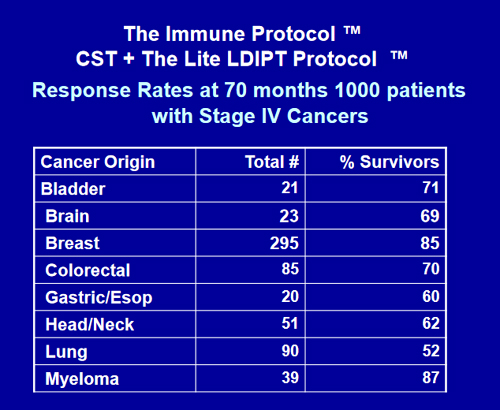
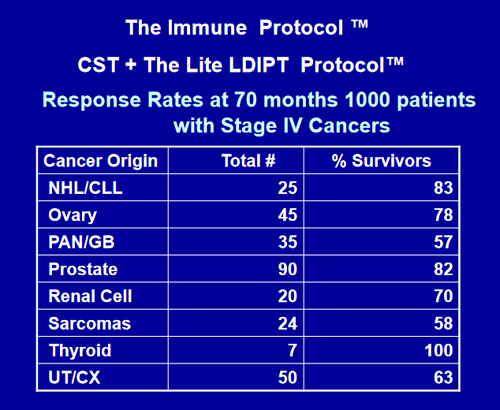
Antioxidants significantly Benefit Cancer Patients when taken with Chemotherapy & Radiation
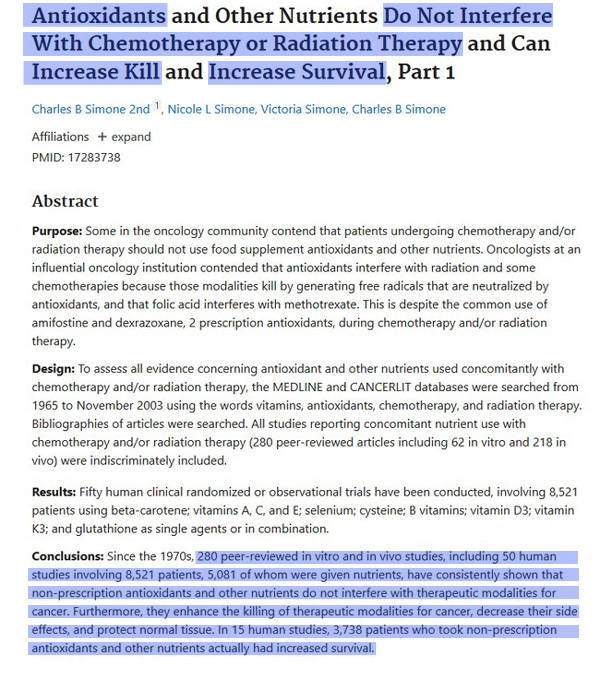
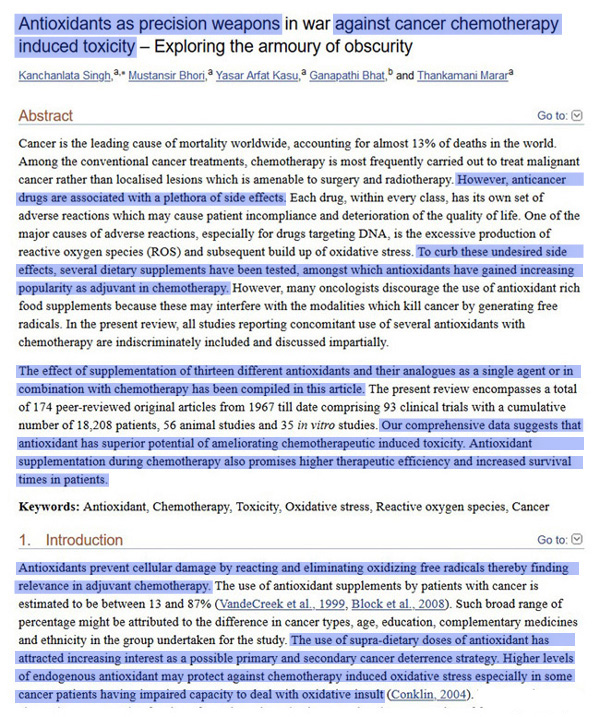
power & Value of poly-mva
The Oxygen Radical Absorbance Capacity (known as the ORAC value, or ORAC score) is a method developed by scientists at the National Institute of Health and Aging (NIH) to measure the antioxidant capacity of different foods and compounds.
Whilst the exact relationship between the ORAC value of a food and its health benefit has not been fully established, it is generally understood that foods with higher ORAC scores have greater antioxidant capacity, and more effectively neutralize/scavenge/remove harmful free radicals.
The accumulation of cellular damage combined by normal cell functions play a role in ageing and disease, a high antioxidant intake from foods/compounds, will slow the oxidative processes and free radical damage that contributes to age-related degeneration and disease.
ORAC Value Comparisons
* Brunswick Labs, Wareham, MA
| expressed as Trolox equivalent per gram) | ||||||||
|
Poly-MVA power & Value
Poly MVA Radiotherapy Published Studies
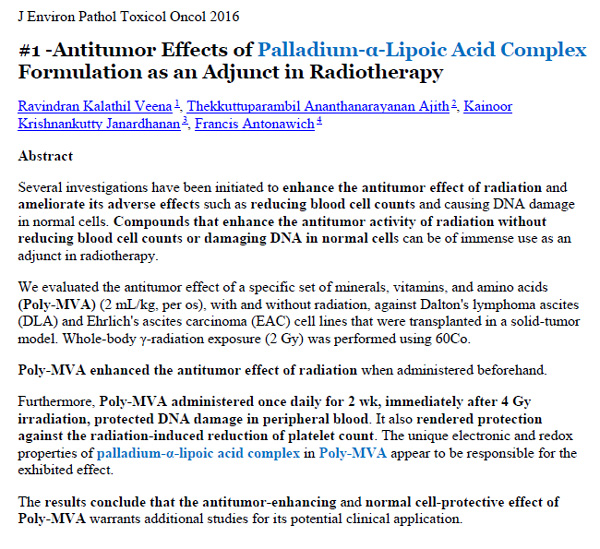
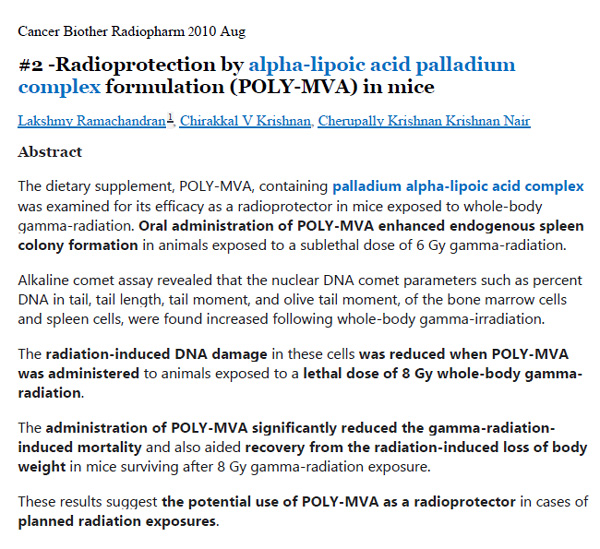
2
Vitamin D in Cancer ?
Vitamin D deficiency has clearly been shown to be a risk factor in the development of multiple forms of cancer.
This scientific research indicates that maintaining high levels of vitamin D can prevent the progression of cancer & increase survival rates.
SCIENTIFIC RESEARCH ARTICLES
Each Cancer Patient needs to review these published studies and then, test their 25-Hydroxy Vitamin D levels!
Dramatically Reduces Death Rate
Dramatically Reduces Death Rate
* For each 10ng/ml increase in the blood level of vitamin D, the death rate from cancer would be reduced by 29%. The relationship between vitamin D and colorectal cancer is particularly strong. The death rate for colorectal cancer would be reduced by 49%.
(Read Supporting Scientific Article)
Highest during Summer = Improves survival by 40%
* A Norwegian study showed that cancer patients diagnosed in the summer when vitamin D levels are highest had up to 40% better survival rates than patients diagnosed in the winter when vitamin D levels are at their lowest.
(Read Supporting Scientific Article )
Greater chance of Death & Metastasis
* Breast cancer patients with low levels of vitamin D followed over 11 years had a 70% greater chance of dying and twice the rate of developing metastasis than patients with high levels of vitamin D.
(Read Supporting Scientific Article )
Higher levels = Dramatic increase in Survival
* Early stage lung cancer patients who were diagnosed in the summer and had the highest levels of vitamin D had a five-year survival of 73% compared to 30% for those diagnosed in the winter with low vitamin D levels.
(Read Supporting Scientific Article)
Higher Vit D levels dramatically decreases Risk
* High vitamin D levels (based on latitude and UV exposure) also correlate with a decreased risk of developing lung cancer, a 45% and 65% reduction in men and women respectively. Similar effects have been demonstrated in colon, prostate, renal and endometrial cancer.
(Read Supporting Scientific Article)
Risk of death greatly Improved
* The risk of death for colorectal cancer patients with advanced disease but with high levels of vitamin D was reduced by over 60% compared to patients with low vitamin D levels. (Read Supporting Scientific Article)
7 Fold reduced risk of Death
* Prostate Cancer Patients with Vitamin D levels in the mid and high range had a 60% and 85% respectively reduced risk of death from the condition compared to patients with low levels of Vitamin D. This is almost a seven fold increase in the risk of death in those with low vs high vitamin D levels.
(Read Supporting Scientific Article)

Click below for PRINTABLE PDF of Vitamin D Published Articles
25-Hydroxy Vitamin D Blood Test
Ask your Doctor for this Test!
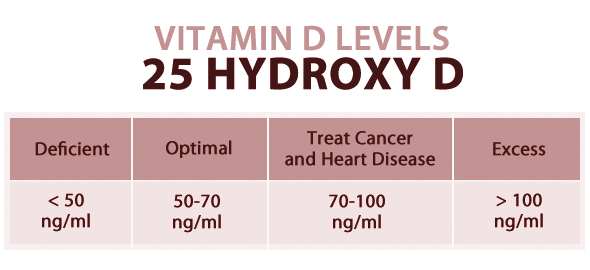
Most Cancer Patients have Vitamin D blood levels
below < 40 ng/ml
Don’t Be Fooled — Order the Correct Test
There are two vitamin D tests — 1,25(OH)D and 25(OH)D.
The correct test is 25(OH)D, also called
The 25-hydroxy vitamin D blood test
25(OH)D is the better marker of overall D status. It is this marker that is most strongly associated with overall health. Please note the difference between normal and optimal. You don’t want to be average here; you want to be optimally healthy. Primitive man likely developed in tropical and sub-tropical conditions with large exposure to UV-B and its secondary consequence to skin exposure, vitamin D. Primitive environmental availability of a nutrient does not necessarily establish the higher requirements, but these exposures would have influenced the evolution of the relevant physiology, and such concentrations should at least be considered presumptively acceptable. Some experts may disagree with the following healthy ranges, but they are taken from healthy people in tropical or subtropical parts of the world, where they are receiving healthy sun exposures. It seems more than reasonable to assume that these values are in fact reflective of an optimal human requirement. Vit D Links and Cancer: Head and Neck Cancers – Vit D and Variations – Vit D Review in Cancer – Vit D and NSCLC – Vit D and Gastric Cancer – Vit D, Metabolic Pathway in Cancer and Neurodegenerative Diseases |
3
Cancer's Favorite Food - sugar
Cancer cells primarily feed on glucose, a type of sugar. They use glucose for energy production through a process called glycolysis. To learn more, click here:
It’s important to note that all cells in the body, including cancer cells, require nutrients to survive and grow. However,
cancer cells tend to have an increased demand for glucose, due to their rapid proliferation and altered metabolism
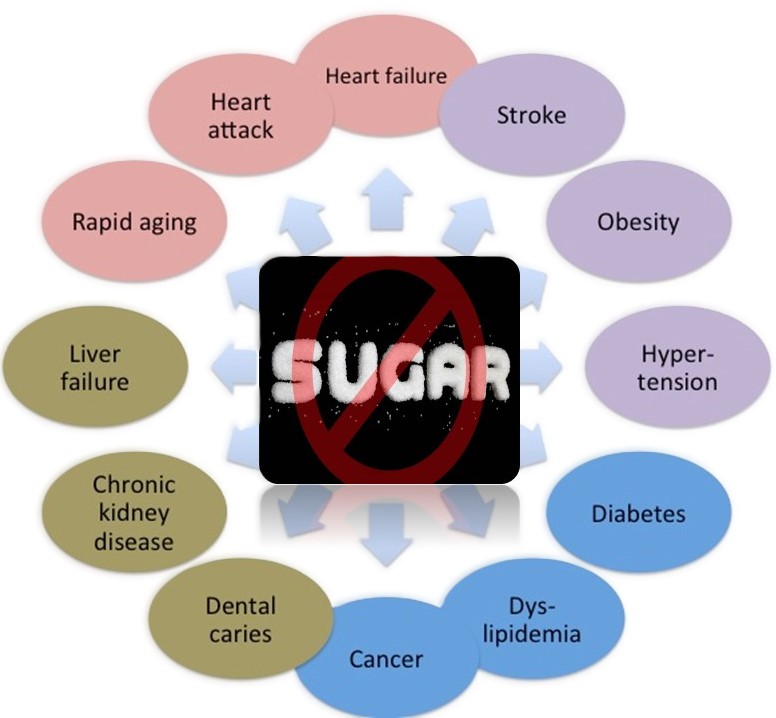
Sugars, Fructose, Corn Syrup and other sugar substitutes
Click the images below to read both articles
MSNBC Article
Cancer Cells feed on fructose, study finds
Reuters Article
Cancer Cells Slurp up fructose, US study finds
4
Poly MVA Independent Lab testing
of 8 Cancer Cell Lines
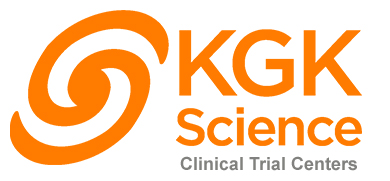
In 2007, KGK Science, Inc., an independent laboratory in Canada, examined the effects of POLY-MVA on 8 cancer cell lines.
These lines included:
1) Skin melanoma, human (SKMel-5)
2) Liver, hepatocellular carcinoma, human (Hep G2)
3) Lung, malignant melanoma, human (Malme-3M)
4) Mammary gland, ductal carcinoma, human (MDA-MB 435)
5) Prostate, left supraclavicular lymph node carcinoma, human (LNCaP)
6) Colon, colorectal adenocarcinoma, human (HT-29)
7) Human brain, glioblastoma; astrocytoma (U87)
8) Glioblastoma (HT-80)
POLY-MVA was administered at 3 different dosages and the number of cells was examined after 24, 48 and 72 hours following initial application. POLY-MVA was effective, to varying degrees, on the entire group of cell lines tested (melanoma, liver, lung, breast, prostate, colon, astrocytoma and glioblastoma).
The varying effectiveness appears to be a consequence of the particular cell lines used and their associated degree of anaplasia.
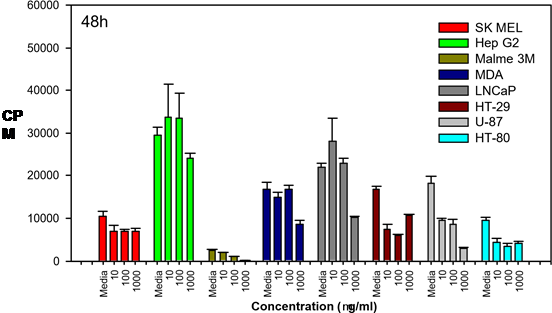
The graph above demonstrates the benefit of POLY-MVA after 48 hours of initial exposure: The Y-axis represents the number of cells per mL.

Poly MVA causes significant cell death after 48 Hours of exposure
per mL. SHAPE \* MERGEFORMAT CPM
The table below illustrates the statistically significant level of cell death
(p must be equal to or less than 0.05) induced by POLY-MVA after 48 hours of initial exposure:
Garnett McKeen In vitro Cancer Assays:
Garnett McKeen Laboratory Inc. (GML) chose to mimic the National Cancer Institute’s (NCI) cell screening protocol.
The following cell lines were selected from the NCI repository:
MCF-7 (breast adenocarcinoma), and A549 (lung non-small cell adenocarcinoma).
The data below represents the completion of the Breast Cancer (MCF-7), Ovarian Cancer (OVCAR-5) and Lung Carcinoma (A549) assay.
We have also completed assays using stage IV glioblastoma multiforme (H-80) and astrocytoma (H-4) brain tumor lines.
As noted below, all of the studies demonstrated significant cell death.
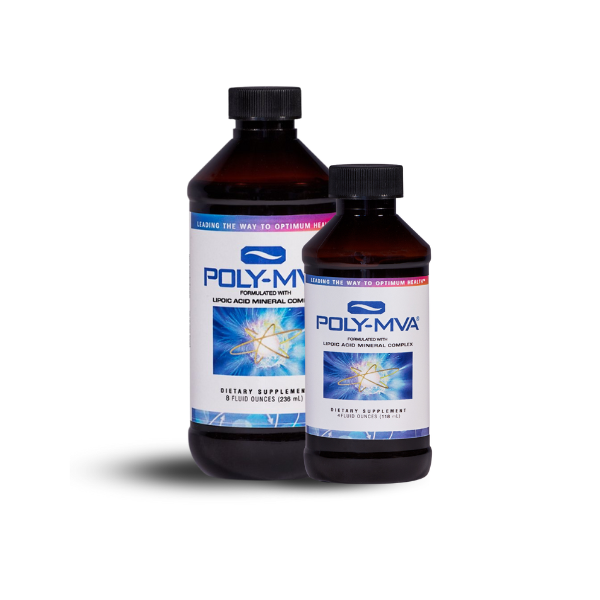
CANCER CELL DEATH RATE IN 5 CELL LINES
After 48 hours of exposure
